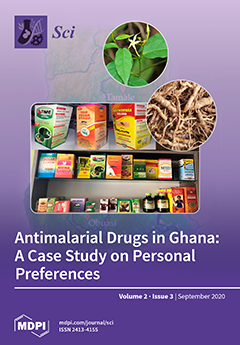Mangrove forests store and sequester large area-specific quantities of blue carbon (C
org). Except for tundra and peatlands, mangroves store more C
org per unit area than any other ecosystem. Mean mangrove C
org stock is 738.9 Mg C
org ha
−1
[...] Read more.
Mangrove forests store and sequester large area-specific quantities of blue carbon (C
org). Except for tundra and peatlands, mangroves store more C
org per unit area than any other ecosystem. Mean mangrove C
org stock is 738.9 Mg C
org ha
−1 and mean global stock is 6.17 Pg C
org, which equates to only 0.4–7% of terrestrial ecosystem C
org stocks but 17% of total tropical marine C
org stocks. Per unit area, mangroves sequester 179.6 g C
org m
−2a
−1 and globally about 15 Tg C
org a
−1. Mangroves sequester only 4% (range 1.3–8%) of C
org sequestered by terrestrial ecosystems, indicating that mangroves are a minor contributor to global C storage and sequestration. CO
2 emissions from mangrove losses equate to 0.036 Pg CO
2-equivalents a
−1 based on rates of C sequestration but 0.088 Pg CO
2-equivalents a
−1 based on complete destruction for conversion to aquaculture and agriculture. Mangrove CO
2 emissions account for only 0.2% of total global CO
2 emissions but 18% of CO
2 emissions from the tropical coastal ocean. Despite significant data limitations, the role of mangrove ecosystems in climate change mitigation is small at the global scale but more significant in the tropical coastal ocean and effective at the national and regional scale, especially in areas with high rates of deforestation and destruction.
Full article




